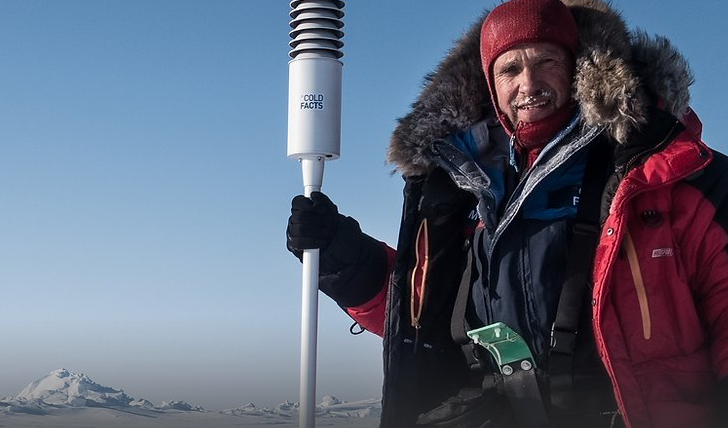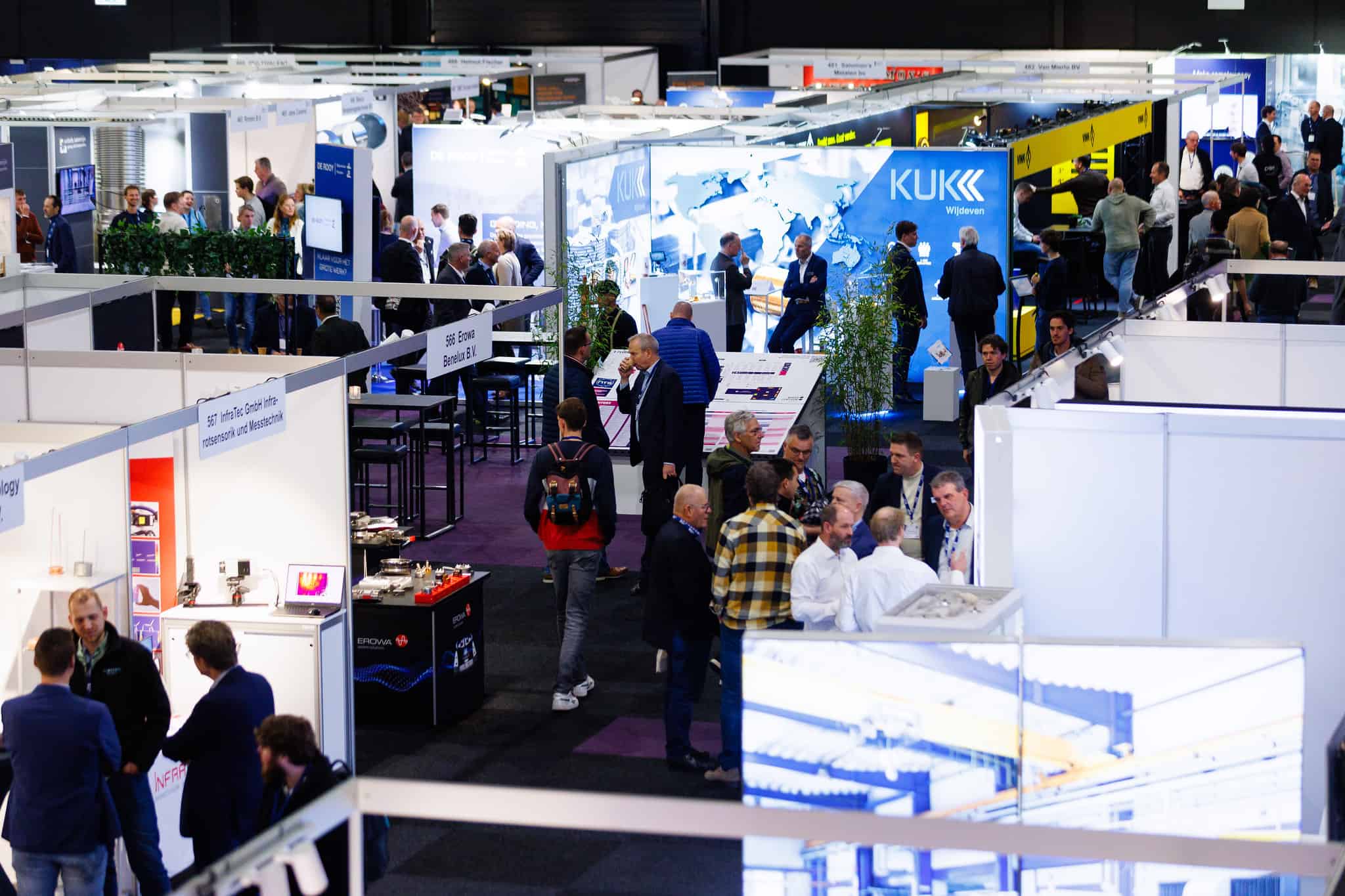
Team Polar is presenting their first research vehicle called ‘Ice Cube’ to the general public today at TU Eindhoven (TU/e). This ‘rover’ was built for independent climate research in icy, inhospitable regions such as the North and South Poles.
Team Polar, a TU/e student team, tested their prototype in Norway in the first week of January. The team is focusing on developing an independent rover that can conduct research in Antarctica. This should make research in extreme regions more affordable and more sustainable.
Milestone
The fact that there is now a working prototype can rightly be called a milestone in the history of team Polar. Innovation Origins has been following team Polar from the start. In November 2020, Innovation Origins spoke with founder Wilco van Rooijen. This polar explorer, mountaineer and adventurer has been toying with the idea of unmanned research in the polar region for more than ten years.
There have been attempts to build such a research vehicle before. The Utrecht University of Applied Sciences and an independent entrepreneur tried it. They failed the first real test. Van Rooijen continued to believe in his plan and turned to the Eindhoven University of Technology. “We still had a long way to go but somehow I managed to find this enthusiastic group of students. They must have the biggest guts because there is absolutely nothing done as of yet,” says van Rooijen.
With their unmanned rover, Team Polar now offers an alternative way to conduct extensive environmental research in the coldest places on our planet. Ultimately, this rover will operate and conduct research on its own, similar to how the Mars rovers operate on the surface of Mars. This allows the vehicle to collect invaluable data on the effects of climate change.
Climate change
It’s a major achievement. After all, the earth is facing its biggest problem in centuries: climate change. To combat this, we need to better understand the factors behind climate change. It is therefore necessary to collect information about our planet in places where nature is still pristine, and more or less unaffected by climate change.
But also places where the effects of global warming and climate change are first visible need to be investigated first-hand. Such conditions usually occur in extremely cold and remote environments such as the Arctic Ocean, Antarctica, and the oldest glaciers.

Testing in snow
At the beginning of this year, the team tested the vehicle in Trondheim, Norway. It is crucial to see how the ‘Ice Cube’ performs in snow. “We can test many things in our lab, but not how the rover drives in the snow, how the solar panels cope with the snow and the temperatures, and how cold it gets in the rover and how quickly it gets too cold,” explains team manager Laurenz Edelmann.
The team was in Norway from January 4 to 8 to conduct their experiments, and proudly watched their rover navigate effortlessly through the snow. They also gained insight into which parts were working properly, and the handful of parts that broke and needed to be replaced. “Overall, we were super impressed with the way ‘Ice Cube’ took on the snow and held up,” says Edelmann.
Prototype as benchmark
“Our first rover was built with off-the-shelf components. There are pros and cons to that. We’re going to see if certain parts need to be custom built and designed for future rover models. That makes this prototype a benchmark for us and for future teams.”
For the time being, the rover will be controlled remotely instead of driving autonomously. This allowed the team to choose the locations they wanted to study during this trip and thereby gather essential insights to make their next rover suitable for the mission to Antarctica.
Sharing knowledge
“We collected valuable data and shot great images to showcase at our event.” On the return trip to the Netherlands, they also set some time aside to visit other universities. “We like to maintain good relations with other student teams from technical universities in Europe. That’s why we presented our rover at the universities of Trondheim (NTNU), Copenhagen (DTU), and Braunschweig (NFF),” explains Edelmann.
“We hope to inspire and inform local student teams how they can successfully tackle an ambitious goal, such as building an Antarctic research vehicle. And of course to form new alliances and partnerships with our colleagues from other institutions.”








